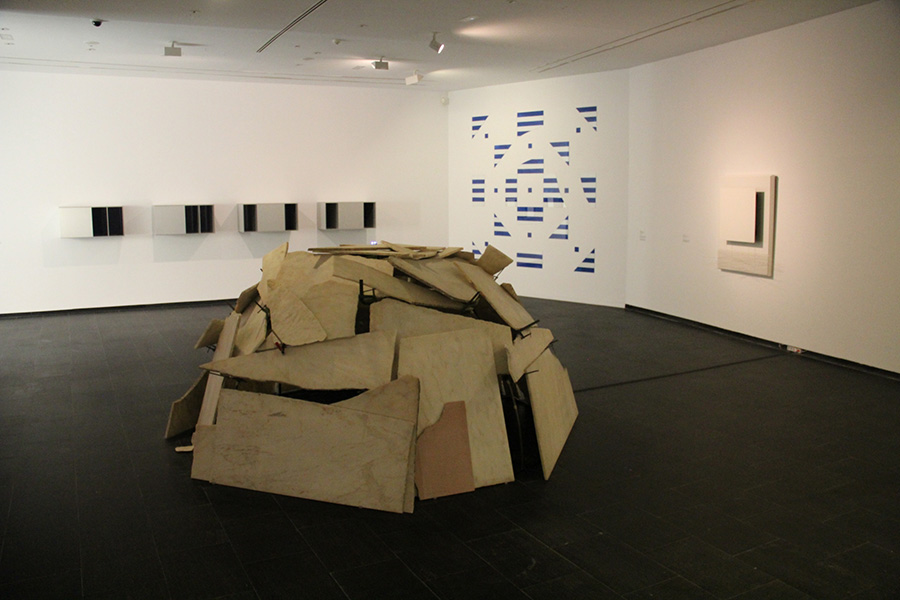ARCO FOUNDATION COLLECTION

It was deposited at the CA2M in 2014, through a loan agreement between the Autonomous Community of Madrid and the ARCO Foundation. The ARCO Foundation Collection, set up with the idea of promoting the interest of collecting in Spain, stood out for being one of the first international contemporary art collections that has been able – from a Spanish standpoint but with an international vision – to tell the history of art from the 1970s to the present day, bringing together a reference list of some of its fundamental names.
As befits the narrative burst that occurred after the fall of the Berlin Wall, throughout the 1990s, feminisms, de-colonial theory, new media and interdisciplinary research began to change the narratives of collections and alter the perception of the standards of recent art history. In this regard, the ARCO Foundation Collection is a pioneer and has incorporated, through the advice of international curators, names that have emerged from the recent past but that did not receive the attention they deserved at the time.
Acquisitions were always made at the fair and in this respect the collection is an indication of the importance it has had at a time of expansion of Western art markets towards countries of the post-colonial orbit. In this context, it is logical that historical and linguistic conditions have made ARCO the gateway for a large part of Latin American art to private and institutional European collections. The first acquisition of a Latin American work for the ARCO Foundation Collection took place in 1992: a piece by the Venezuelan modernist artist Jesús Soto, Blanco sobre blanco y vibración (White on White and Vibration). From then on, important and unique pieces are shown at the fair, always with the intention of enriching the collection with key names, keeping an eye out for opportunities, and maintaining a market vision that involves spotting emerging talent.
In our ARCO Foundation Collection catalogue, the Argentine poet, curator and critic Mariano Mayer tells us his story in a text from 2015. You can read it here.
